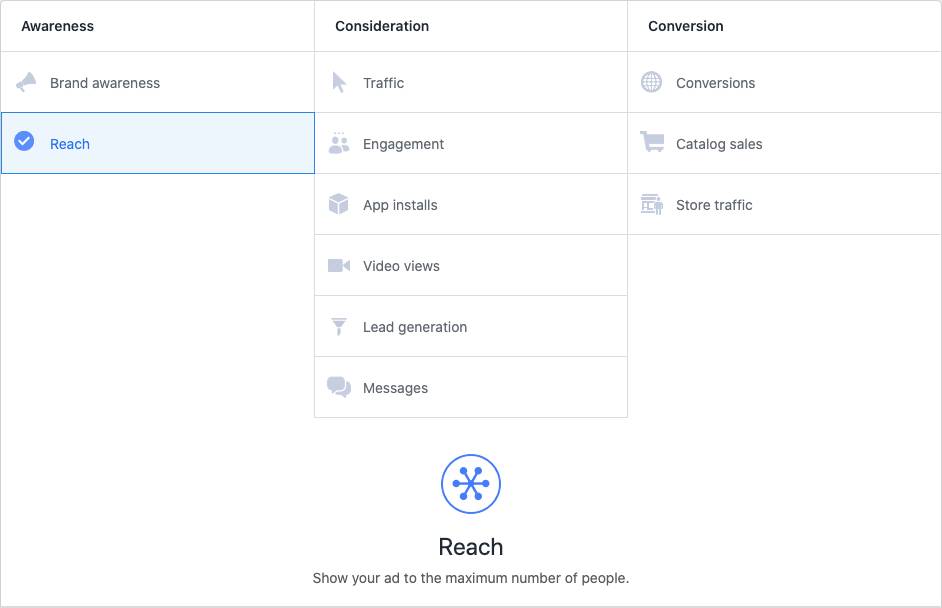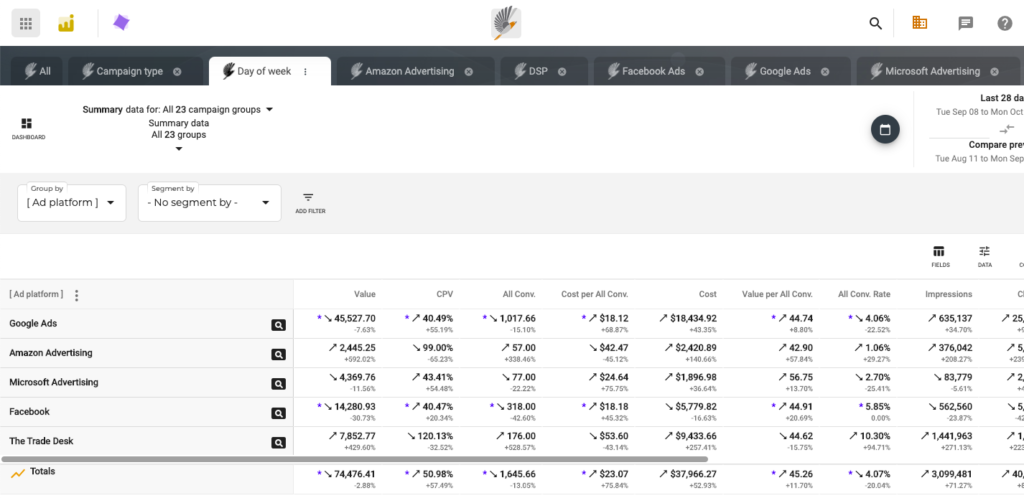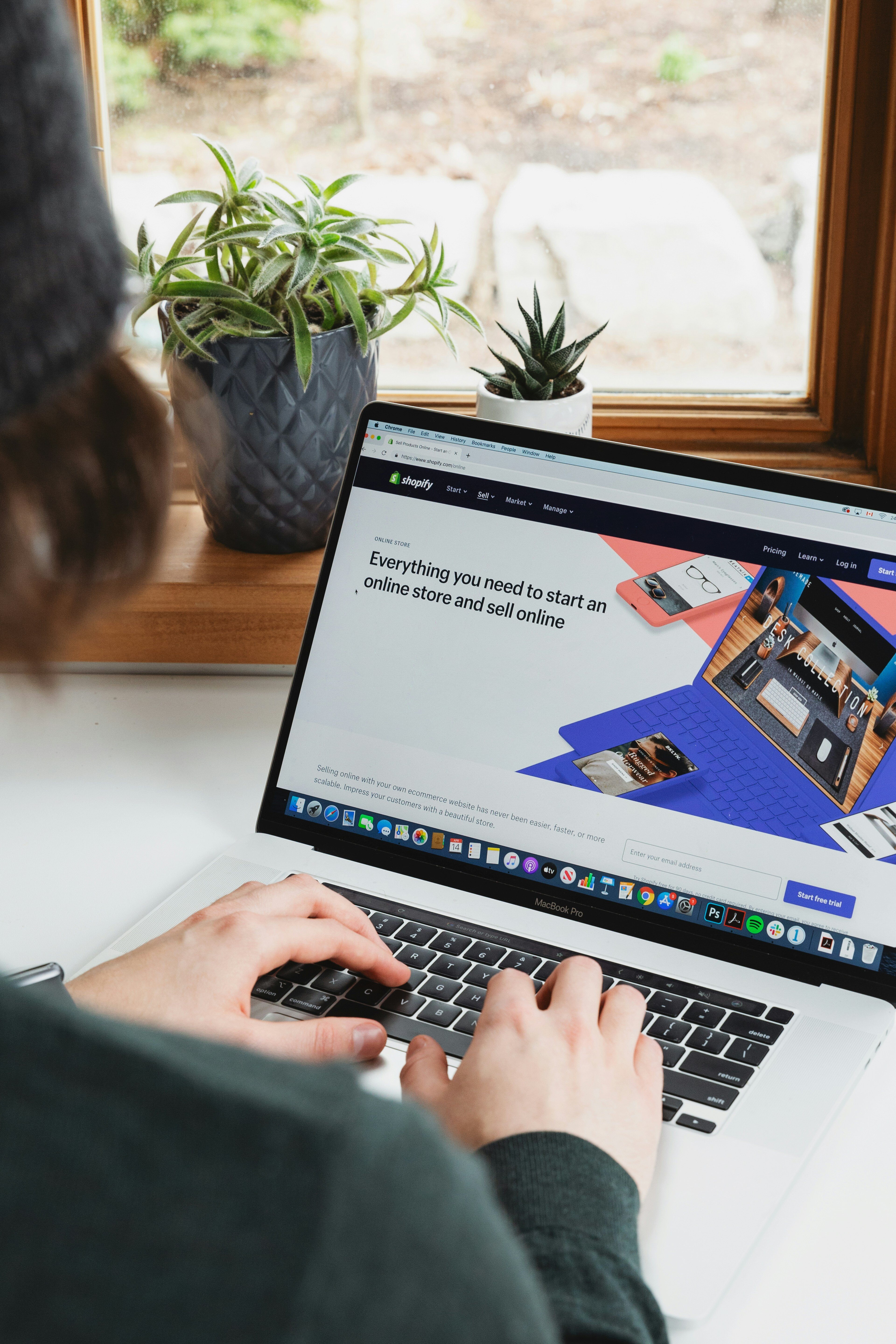Every day 1.82 billion people use Facebook.1 Compare that to the estimated 3.5 billion searches each day on Google and that’s a healthy number of eyeballs to get in front of when advertising. You may have tried Facebook ads and struggled to get it to work. So, what are Facebook advertising best practices for maximizing success? For me, they are:
- Define your campaign objective
- Determine what’s working and what isn’t
- Adjust what’s not working, one thing at a time
- Use experiments to test your adjustments
- Take advantage of Facebook advertising’s automated options
- Analyze and adjust again
Before I dig into specifics, let’s look at some of the reasons Facebook should be part of your advertising mix.
Why Have Facebook in Your Media Mix?
Facebook is a critical piece of virtually any digital marketing strategy. It’s especially critical for eCommerce brands.
The 1.79 billion people who use Facebook every day contributed to $18,321 million in advertising revenue for Facebook in the second quarter of 2020.1 That’s huge. What’s more, the cost to advertise on Facebook is down and CPCs are super reasonable. The average CPC for Facebook advertising across all industries is just $1.72.2
Facebook ads also do a lot. They help you retarget existing or former customers, acquire new customers, and create brand awareness.
Today’s consumers — whether B2C or B2B — often go through multiple digital touchpoints they convert to buyers. So paid search, social, and display all play a role in guiding a consumer to a conversion. Drop one out of your mix and your conversions may suffer or take even longer.
Facebook too offers both broad and detailed audience targeting to advertisers — targeting that’s much more granular than on Google and other platforms. And Facebook ads automatically show on Instagram as well, which had an estimated 1 million monthly users in July 2019.3
What does all that mean? It means, if you’re selling to businesses or consumers online, you benefit by using advertising on Facebook and Instagram as part of your paid media mix.
Still — like any paid media channel — success takes time and effort.
Facebook Advertising Best Practices to Maximize Success
Here are the best practices I follow and recommend to maximize success with Facebook as part of a paid media mix.
1. Define Your Campaign Objective
Facebook ad formats are important, but defining your campaign type or objective is key. Facebook is set up to help you pick an ad format based on your campaign objective. Note that not all formats are available for all objectives.
Campaign objectives on Facebook fall under awareness, consideration, or conversion. See Figure 1.
 Figure 1. Campaign objectives available for Facebook ads fall under awareness, consideration, or conversion.
Figure 1. Campaign objectives available for Facebook ads fall under awareness, consideration, or conversion.
If your objective is awareness by reaching a large audience, select “Reach” as your objective. Facebook will recommend a carousel or image or video ad for that objective.
Clients sometimes ask me whether videos do better for awareness compared to static images. I find that for Finch clients, both work well and that it’s ideal to use a mix of both.
Don’t Neglect Brand Awareness
Because Finch clients are in the eCommerce space, we typically use conversions or catalog sales for client ads. But brand awareness is important. It’s not always as rewarding in that you won’t see an immediate return on your spend. But brand awareness and reach are critical in prospecting for new customers and in guiding them through your conversion funnel.
2. Determine What’s Working and What Isn’t
If you’ve tried advertising on Facebook with less than desirable results, the best way to get your Facebook advertising is working is to look at your campaigns and how they’re structured. This will give you a solid idea of what areas are performing and what areas aren’t.
You want to determine if it’s your audience that isn’t working, your ad, or your ad placement or a combination. I find that typically one of the three is the problem and adjusting that one parameter makes a difference.
3. Adjust What’s Not Working, One Thing at a Time
Once you know what’s working and what’s not — audience, ad, or placement — you can start adjusting and testing changes to improve your ad performance. Just don’t change everything at once. Change one thing at a time so you can determine if your changes work.
For instance to determine if your audience is properly targeted or not, adjust your audience. Don’t though adjust your ad or placement at the same time. Test your new audience against the existing audience — for instance, a lookalike audience that’s not too different than your existing audience — so you can determine if your audience is the issue and needs optimized.
For a remarketing audience, though, start by adjusting the ad and not the audience since a remarketing audience is well-defined as is.
As far as placement, there are different placement options to consider, such as the news feed, stories, and Facebook versus Instagram. You can pick your feeds or let Facebook pick them for you. Available placements, like ad formats, vary depending on your campaign objective.
Sometimes, ads on Instagram don’t work for an account. The key to determining which placements work is to analyze your ad performance and test different placements to see if you can impact that performance. Alternatively, you can let Facebook automatically pick your placements.
4. Use Experiments to Test Your Adjustments
To test your audiences, ads, placements, and more, use the Experiments feature in Facebook advertising. Experiments automatically split your traffic, essentially A/B testing your chosen criteria for you. It’s a great way to easily track and determine which ad, audience, or placement performs best.
5. Consider Starting with Facebook Advertising’s Automated Options
If you’re newer to Facebook advertising or want to quickly determine benchmarks to test future ads and campaigns against, using Facebook’s automated options saves time and money while you ramp up your advertising.
Facebook offers multiple automation options, including:
- Fully automated ad creation where you simply answer a few questions and Facebook creates six ads for you.
- Automated audience creation that lets you select from different automatic options, such as lookalike, website visitors, and people who like your page, with a single click. Lookalike audiences are based on information about your current audience. You can always upload your audience or create an audience using detailed targeting criteria too.
- Automated ad placement that uses algorithms to automatically determine the best placements for your ads and your budget.
- Automated bidding that gives you the best cost for your chosen campaign objective and helps you quickly find a baseline for your budget.
- Automated campaign budget optimization that automatically shifts budget to your best-performing campaigns, ad set ( the term Facebook uses to describe the audience), budget, and other factors that dictate when and how your ad runs.
6. Analyze and Adjust Again
My final best practice is to continually repeat steps 2, 3, and 4 for your campaigns. If your campaigns are working, you can stop with step 2. If you see an opportunity to improve them, make adjustments, use experiments to test those adjustments, and continue to optimize your ads.
A Note for eTailers: Try a Facebook Shop or Catalog
One approach I recommend for eTailers is to try a Facebook Shop or Catalog. A Facebook Shop lets you create a store on Facebook or Instagram where people shop your store and check out right on Facebook or Instagram. It’s one more way to reach and convert customers, especially new customers who aren’t yet familiar with your store and who may be more likely to trust checking out on Facebook.
With a catalog, you can promote or sell products across Facebook and Instagram. You can also set up dynamic remarketing ads based on the products people have visited before, which can be highly effective for eCommerce brands.
Reach Out to Finch for Facebook Advertising Expertise and Cross-Platform Reporting
At Finch, I specialize in Facebook Advertising for clients. Finch provides strategic expertise in Facebook as well as Google, Bing, Amazon, Yahoo, Display, and DSPs. We can help create a unified digital media strategy and audience creation for all your eCommerce channels.
Finch can also show you reports across your channels in Insights reporting, part of the Finch Advertising Management Platform. In Insights, you can see Facebook as an ad platform and get summary-level reporting to see ad performance, ROAS, conversions, and more. See Figure 2 for a sample.
If Finch can help you or you want to access Insights reporting, including reports you can’t get anywhere else, don’t hesitate to contact us.
 Figure 2 Finch Insights reporting for ad platforms, including Facebook.
Figure 2 Finch Insights reporting for ad platforms, including Facebook.
1. Facebook Investor site, Facebook Reports Third Quarter 2020 Results, September, 2020, https://investor.fb.com/investor-news/press-release-details/2020/Facebook-Reports-Third-Quarter-2020-Results/default.aspx
2. Wordstream, Facebook Ad Benchmarks for YOUR Industry [Data], August 5, 2020, https://www.wordstream.com/blog/ws/2017/02/28/facebook-advertising-benchmarks
3. Business of Apps, Instagram Revenue and Usage Statistics (2020), July 30, 2020, www.businessofapps.com/data/instagram-statistics/





